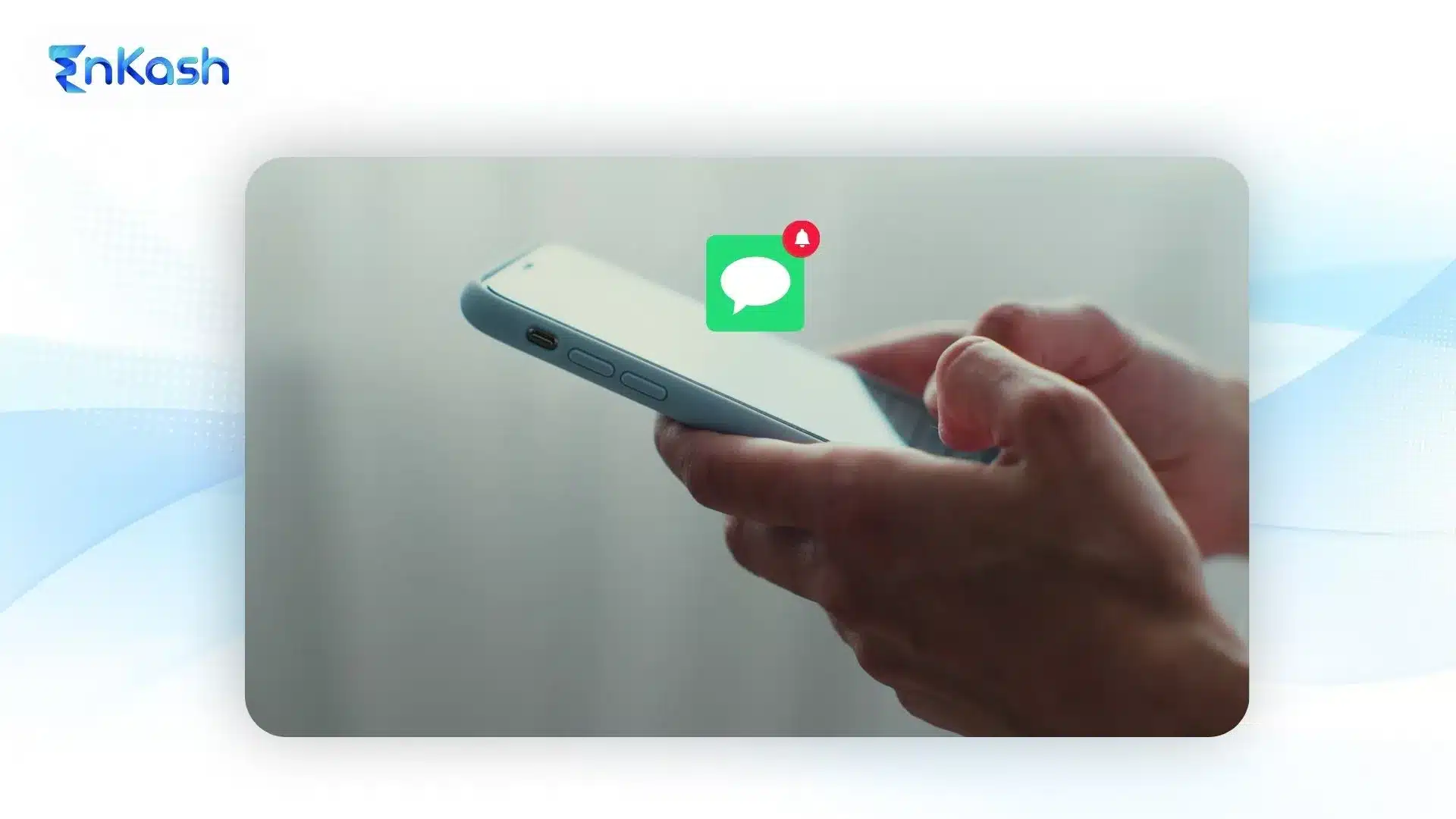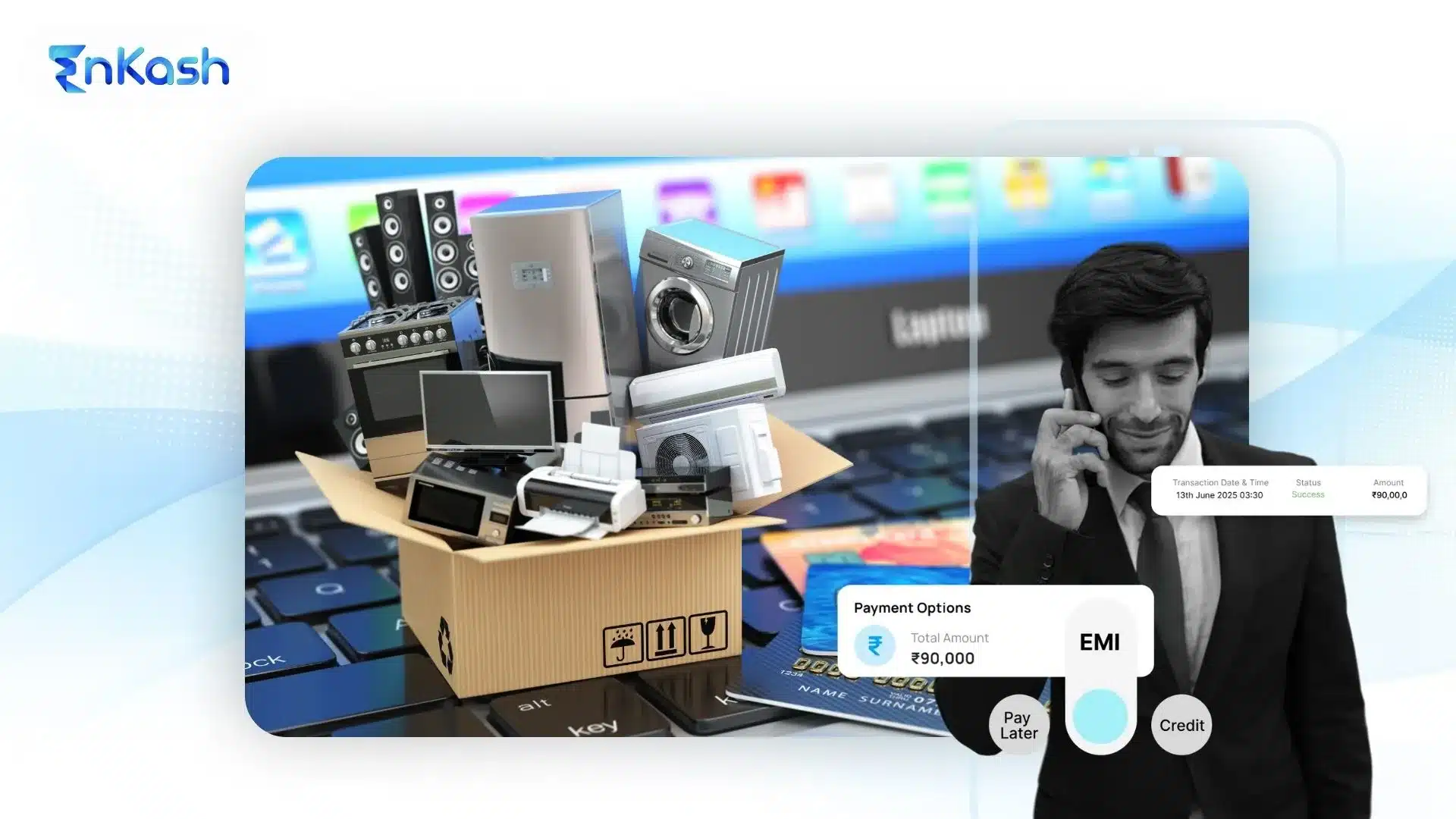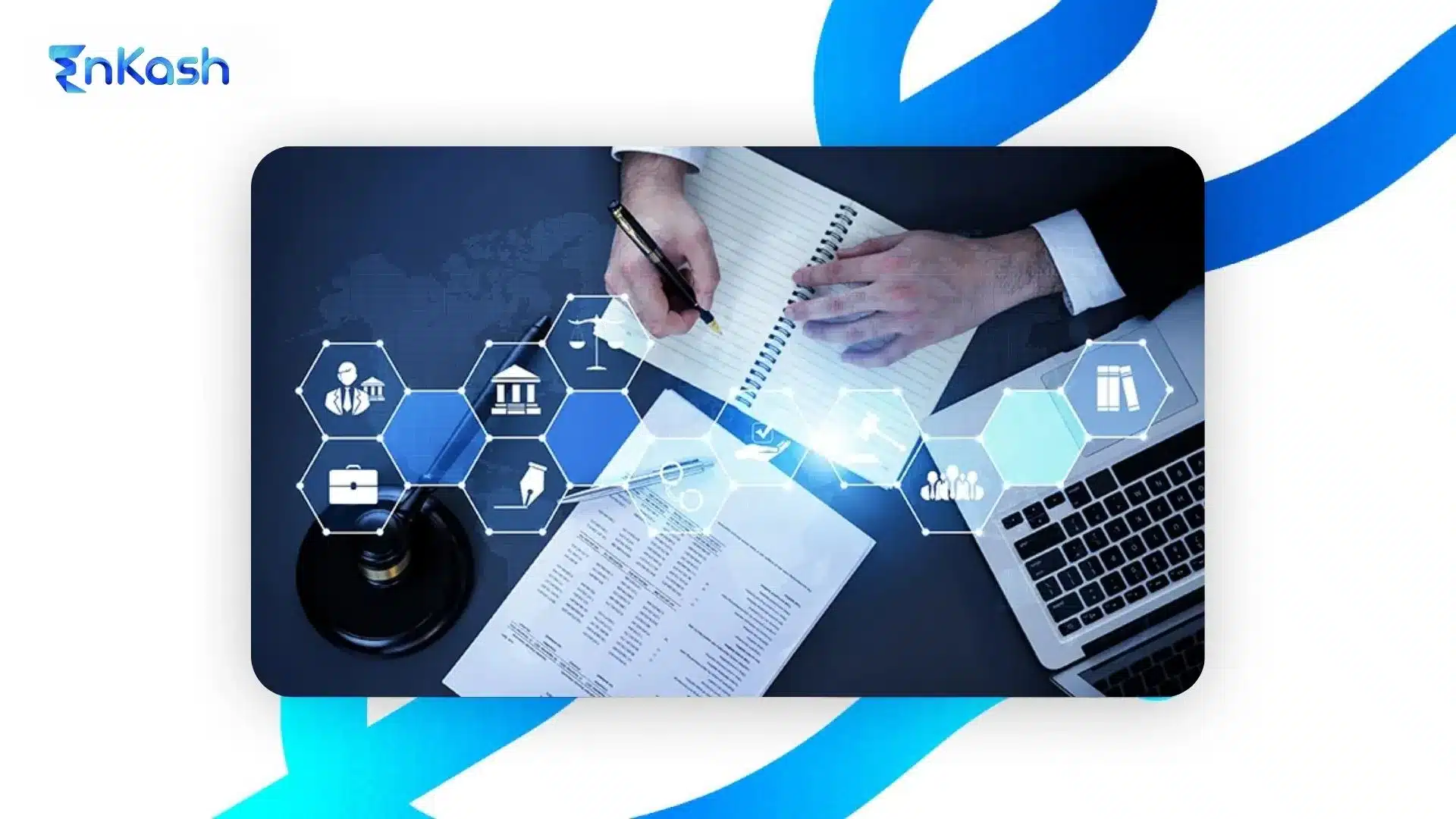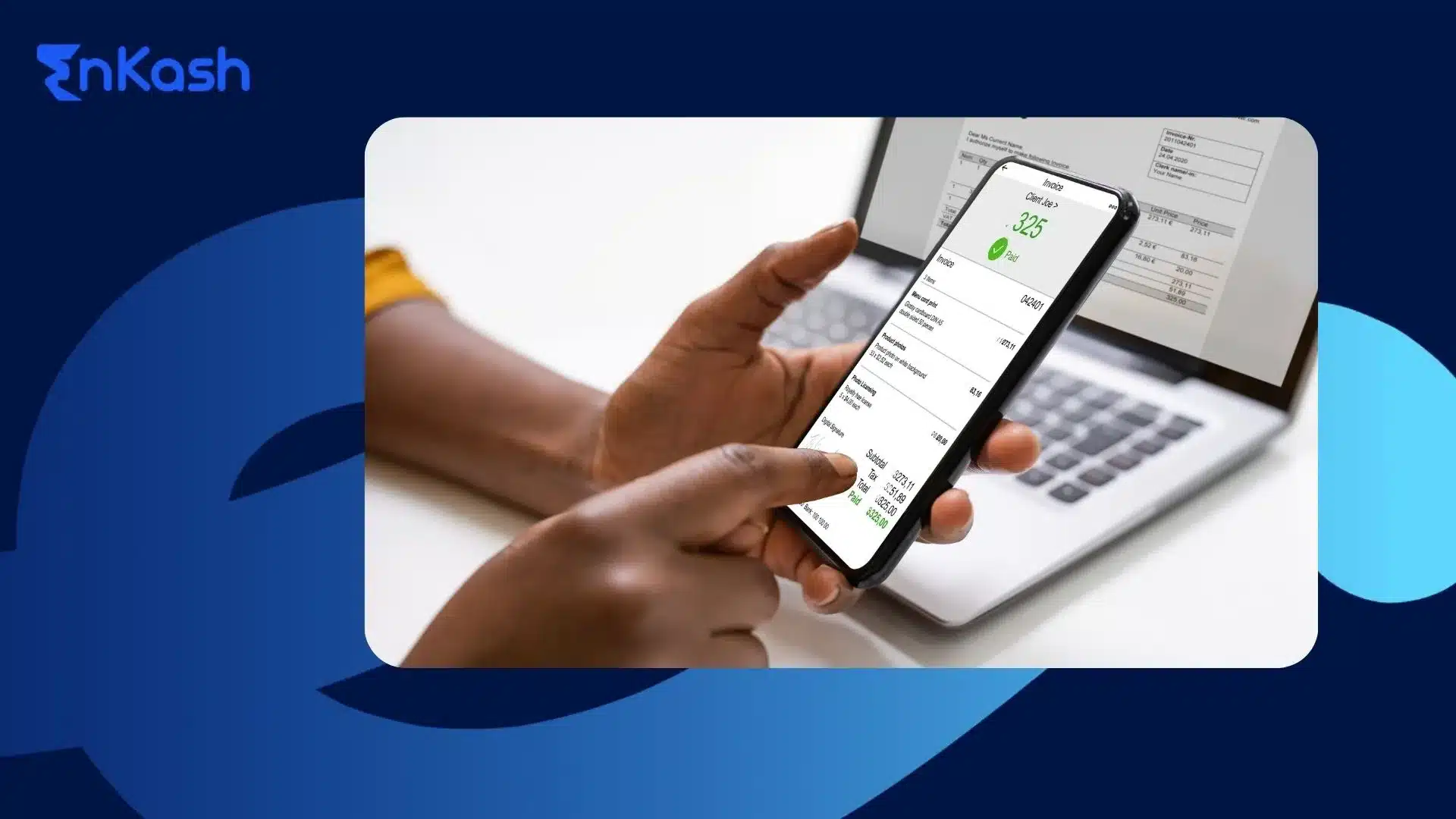Introduction
Cash flow challenges are crippling Indian small businesses, with recent industry surveys revealing that over 52% of MSME B2B payments remain overdue for more than 90 days, while 60% of SMEs receive payments after 60 days or longer. This puts constant pressure on business owners who depend on steady inflows to manage daily operations. Unlike large corporations that can negotiate flexible terms, MSMEs are left battling delayed settlements, manual follow-ups, and strained customer relationships.
In India, structured payment reminders have become critical to survival. Manual chasing consumes 15–20 hours each month, yet late collections continue to disrupt growth. Tools like automated payment reminders, UPI payment reminders, and modern invoice collection software now offer a viable solution. These solutions enable cash flow automation, turning ad hoc follow-ups into systematic workflows that accelerate collections and protect customer goodwill through clear, professional communication.
What Are Payment and Collection Reminders?
Payment notifications are messages sent to customers regarding their outstanding bills. These can be dispatched before, on, or after the due date, helping clients remember their obligations without requiring awkward phone calls. Collection alerts specifically target overdue accounts and serve as your systematic approach for recovering money that’s already past due.
Manual and Automated Reminders
Manual outreach means contacting each customer personally through calls, texts, or emails when payments become due. This method provides complete control but demands significant time investment. You must track dates, compose messages, and maintain follow-up schedules. While personal, this approach makes it easy to forget important deadlines.
Automated systems handle the work independently once configured. These platforms send messages based on due dates automatically, saving time while ensuring no notification is missed. Though messages may feel less personal, the most effective strategy combines both methods. Allow automated platforms to manage routine notifications while personally handling key accounts or complex situations.
One-Time and Recurring Reminders
One-time alerts target specific invoices for individual projects, products, or services. These notifications continue until payment is received, then cease once the account is settled.
Recurring notifications manage ongoing payments such as subscriptions or monthly memberships. These platforms track payments on a cyclical basis, sending alerts for each due date in an ongoing sequence. This approach works effectively for gym memberships, software subscriptions, or monthly service fees.
How Different Businesses Use Payment Reminders?
Different business types utilize notification strategies in unique ways:
- Freelancers employ simple one-time alerts for project payments, typically sending notifications a few days before the due date, on the due date itself, and then weekly for overdue accounts.
- Software companies use recurring subscription alerts, dispatching notifications before due dates, failed payment warnings, and grace period notices to retain customers.
- Retail establishments implement notifications for credit sales and business-to-business accounts, often integrating alerts with inventory systems to hold products until payment is received.
- Service businesses like salons or repair shops use notifications for bookings and unpaid bills.
Why are Timing and Frequency important in India?
In India’s relationship-focused business environment, notification timing becomes critically important. Aggressive early alerts can damage long-term partnerships, while excessive delays signal that late payments are acceptable.
An effective schedule for many Indian businesses includes:
- A notification three days before the due date
- A polite notice on the due date itself
- Weekly follow-ups for overdue accounts
- Avoid sending alerts during major festivals like Diwali or Eid, as businesses often delay payments during these periods.
Frequency also depends on customer relationships. Long-term clients may prefer fewer, more personalized communications, while new customers need regular follow-ups to establish proper payment habits. Success requires balancing persistence with patience to optimize business relationships.
How Payment Reminders Work?
These platforms follow a straightforward process: establish clear payment terms, generate invoices, configure notification schedules, monitor due dates, dispatch messages, track responses, and cease communications when payments arrive. This keeps you in control without manually chasing every bill.
Step-by-Step Workflow
- Invoice Creation: Generate invoices containing amounts, due dates, terms, and payment links
- Customer Setup: Add contact details and communication preferences for WhatsApp, SMS, email, or calls
- Schedule Configuration: Establish notification timing for pre-due, due date, and overdue alerts
- Automated Monitoring: The platform tracks deadlines and triggers messages at appropriate times
- Customer Communication: Clients receive clear notifications with payment links and options
- Payment Processing: Customers pay, the system marks invoices as settled, and notifications stop
- Escalation Management: For unpaid invoices, the platform escalates with subsequent alerts, including options for payment promises or partial settlements
- Record Keeping: Every message and response gets logged for records, audits, and GST requirements
- Reconciliation: Payments reconcile with bank accounts or gateways, updating ledgers automatically
- Performance Review: Analyze results, including collection times and aging reports, to improve templates and timing
Why Do Reminders Work?
People forget obligations, and gentle nudges bring tasks back to top-of-mind awareness. Specific requests outperform vague communications. Clear amounts, definite due dates, and one-tap payment links eliminate friction. Social norms also influence behavior when you establish consistent expectations, customers pay more promptly. Steady, professional messaging protects relationships while maintaining cash flow.
How Do Payment Reminders Work With Your Systems?
Connect notification tools with existing billing and accounting software for seamless operation. New invoices sync in near real-time, with customer names, amounts, and due dates flowing automatically. Payment status updates flow back after collection. You can map fields to the chart of accounts, attach invoice PDFs, and tag transactions for easy searching. Role-based controls ensure that appropriate people can review sensitive accounts.
What Makes Reminder Automations Different from Manual Follow-ups?
- Automated systems operate independently once configured, sending messages at precise times, tracking responses, and stopping when payments arrive without manual intervention.
- Manual follow-ups require personal tracking of every due date, individual message composition, phone calls, and hand-updated records. This manual approach leads to forgotten invoices, poorly-timed customer contacts, and hours spent weekly on repetitive tasks.
- Automation eliminates human error by never missing due dates or follow-ups. It delivers consistent, professional messaging around the clock, including nights, weekends, and holidays. Improved cash flow results from punctual notifications sent on schedule.
Create different sequences for various customer types:
- New customers receive frequent, gentle notifications to establish good payment habits
- Loyal customers get fewer personal messages
- High-value accounts trigger phone calls after missed payments
The platform adapts to customer behavior, sending appropriate alerts when partial payments arrive or payment methods fail. It pauses during festivals or customer difficulties and escalates to managers after specific timeframes. Smart features include payment links for direct settlement from notification messages, status tracking to identify effective approaches, and auto-stop functionality to prevent embarrassing messages after customers have already paid. This allows focus on business growth instead of chasing settlements.
What Payment Collection Reminder Software Can Do for Your Business
Modern collection software automates entire follow-up processes. Configure it once, and the platform handles due date tracking, message dispatch, payment processing, and record keeping. These solutions integrate with existing systems and work across multiple communication channels to accelerate collections.
What good reminder software offers?
Multi-channel Communication: Reach customers through their preferred methods. Send WhatsApp messages, SMS texts, emails, and trigger phone calls from a single platform. Different customer segments receive appropriate channel combinations—business clients might get email and phone calls, while individual customers receive WhatsApp and SMS.
- Indian Payment Method Integration: Notifications include UPI links, NEFT details, card payment options, and wallet integrations. Customers can pay directly from notification messages without searching for bank details or calling your office.
- Customizable Templates and Scheduling: Create templates for various situations, including gentle early alerts, firm follow-ups, and payment confirmations. The platform personalizes each message with customer names, amounts, and due dates automatically.
- Real-time Reporting: View collection rates by customer type, notification sequence, and communication channel. Identify problem accounts early and adjust strategies before accounts become uncollectable.
- Mobile-first Design: Manage notifications, approve payments, and check reports from mobile devices. Customers can complete payments with a single tap on their phones.
What types of solutions are available in India?
- All-in-one Billing Platforms: Include notification features alongside invoicing, inventory, and accounting. Examples: Zoho Books, Tally Prime, ClearOne.
- Standalone Collection Tools: Focus specifically on accelerating payments. These integrate with billing software and payment gateways, offering better customization and reporting.
- WhatsApp Business API Solutions: Send rich media notifications with invoice attachments, payment links, and quick reply buttons. Customers can ask questions and make payments without leaving WhatsApp.
- Simple Spreadsheet Systems: Suitable for micro businesses with basic needs. Use Google Sheets or Excel with basic automation. Low cost but limited in features.
How to set up collection reminders step by step
1. Define Payment Policies
Establish payment terms, late fees, grace periods, and escalation procedures first. Document these clearly so your notification system can follow consistent rules. Customers should understand expectations from the first invoice.
2. Select Communication Channels
Choose appropriate channels based on customer types and preferences. Business customers might prefer email and phone calls during work hours, while individual consumers often respond better to WhatsApp and SMS. Test different channels with small customer groups initially.
3. Create Message Templates
Develop templates for different scenarios and stages: friendly pre-due alerts, polite due date notices, and firmer overdue messages. Include payment links, contact information, and clear next steps in each template. Keep messages concise and action-focused.
4. Configure Automation Rules
Establish schedules and escalation rules matching your business style. Consider sending alerts 3 days early, on due dates, then weekly for overdue accounts. Determine when to escalate to phone calls, pause during festivals, and transfer accounts to collection agencies.
5. Test the System
Conduct trials with sample customers before full deployment. Send test notifications to yourself and friendly customers. Verify that payment links function properly, messages appear professional, and timing feels appropriate. Address any issues before rolling out to all customers.
6. Monitor and Optimize
Track effectiveness and adjust after launch. Monitor collection times, response rates, and customer feedback. Some notification sequences will outperform others, and certain customers will prefer different communication methods. Continuously improve based on actual results.
Legal Compliance and Best Practices
You face real legal risks when sending payment reminders in India. Break these rules and you could face harassment lawsuits, regulatory fines, or damage your business reputation. Following these guidelines keeps you safe while collecting payments effectively.
What Are the Legal Rules in India?
The Reserve Bank of India and consumer protection laws control how you contact customers about money they owe. These are not suggestions but legal requirements that can cost you serious money if ignored.
Industry best practices suggest limiting collection calls to a maximum of 2–3 times per week to avoid harassment complaints, in line with RBI’s fair practices code and consumer protection norms. RBI guidelines for lenders discourage calling customers between 7 PM and 8 AM. Even if you’re not a lender, following this practice helps avoid disputes and maintains professionalism.
Your messages must stay professional and factual. State what customers owe, when payment was due, and how they can pay. Threats about legal action or credit ratings can get you into legal trouble.
What you cannot do
Never contact customers at work without permission. Abusive language is completely off limits. Customer debt information stays private. Stop all communication immediately when receiving legal notices to cease contact. Never impersonate government officials.
Keep detailed records of every communication with timestamps, customer responses, and payment promises. This documentation protects you when disputes arise.
Conclusion
Payment reminders are essential for Indian small businesses. You can keep wasting 15 to 20 hours monthly chasing payments manually, or implement systems that collect money 40 to 60 percent faster.
The numbers are clear. Manual collection hurts your cash flow, strains relationships, and steals time from growing your business. Professional reminder systems free up your time while maintaining customer relationships through consistent communication. Start simple. Pick basic templates and one communication channel. Test with current unpaid invoices and measure results. Most businesses see improvements within 30 days and full ROI within 6 months.
Your competitors using reminder systems already have advantages in cash flow and time management. Every month you delay costs money that should work in your business. Take action now. Choose a system that fits your budget. Set up templates and timing rules. Test and measure results. Better cash flow creates growth opportunities and reduces financial stress. You cannot afford to continue without systematic payment reminders.
FAQs
1. How much does it cost to set up payment reminders for a small business?
Basic systems cost Rs 2000 to 5000 per month for businesses with up to 500 customers. This covers automated SMS, email, and WhatsApp messaging. Setup fees range from Rs 5000 to 15000. Most small businesses break even within 3 to 6 months through faster collections and time savings.
2. Will automated reminders damage my customer relationships?
Professional reminders actually improve relationships by setting clear expectations and preventing awkward personal collection calls. Customers appreciate consistent communication and knowing exactly when payments are due. The key is using polite, helpful language rather than threatening messages.
3. What happens if customers complain about harassment?
Follow legal guidelines strictly. Limit calls to 3 per week maximum, avoid calling between 7 PM and 8 AM, and document all communications. Professional, factual reminders that comply with RBI guidelines protect you from harassment claims. Keep detailed records to defend your practices if needed.
4. Can I use WhatsApp for business payment reminders?
Yes, WhatsApp Business API is excellent for the Indian markets. You need a proper setup through authorized providers and message template approvals. Costs around Rs 0.25 to 0.50 per message plus monthly platform fees. Many Indian customers prefer WhatsApp over email or SMS.
5. How quickly will I see results from payment reminders?
Most businesses see improvements within 30 days. Collection times typically improve by 15 to 20 days, meaning 45-day collections become 25 to 30-day collections. Time savings start immediately as manual follow-ups decrease. Full benefits usually appear within 90 days of consistent use.
6. Do I need technical skills to set up reminder systems?
Most modern systems are designed for non-technical users. Basic setup takes a few hours with vendor support. You create message templates, set timing rules, and connect to your billing system. Many providers offer free setup assistance and training for new customers.
7. What if my customers prefer phone calls over messages?
Hybrid approaches work best. Use automated reminders for routine notifications, but escalate to personal calls for important accounts or complex situations. You can configure systems to trigger phone call reminders for high-value customers while using messages for smaller accounts.
8. How do I handle festival seasons and payment delays?
Build festival calendars into your reminder system to pause notifications during Diwali, Eid, and regional celebrations. Most systems allow custom scheduling that recognizes Indian holidays. Resume reminders after festivals when business returns to normal operations.
9. Can reminder systems integrate with Tally or other accounting software?
Yes, most reminder platforms integrate with popular Indian accounting software, including Tally Prime, Zoho Books, and ClearOne. Integration syncs customer data, invoice amounts, and due dates automatically. Payment updates flow back to your accounting system for reconciliation.
10. What should I do if customers stop responding to reminders?
Escalate gradually through different communication channels. Start with SMS, move to WhatsApp, then email, and finally phone calls. Offer payment plans or request specific payment dates. After 90 days of non-response, consider collection agencies or legal action based on the amount and relationship value.








